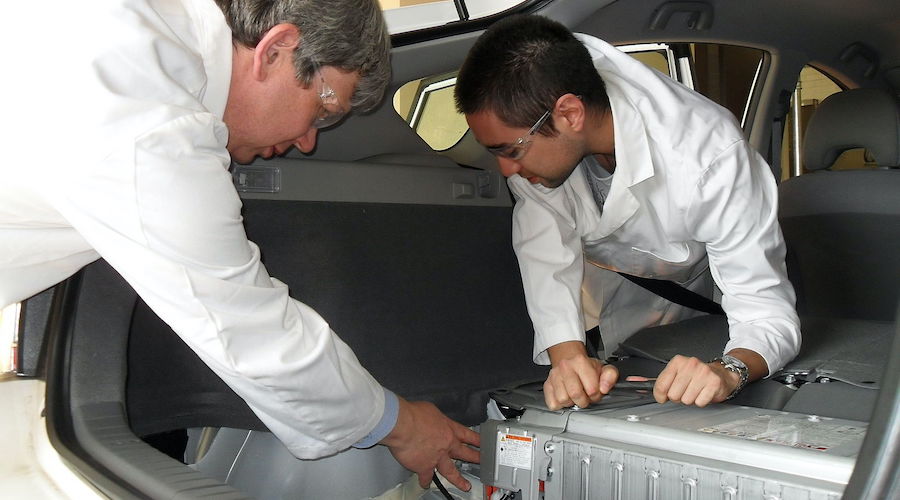Intercalation is the reversible insertion of guests (atoms or molecules) into hosts (for example, 2D-layered materials). The purpose of intercalation is commonly to modify the host’s properties or structure for improved device performance, as seen in, for example, commercial lithium-ion batteries.
Although many synthetic methods are available for preparing intercalated materials, researchers have had no reliable means of predicting which host-guest combinations are stable. Therefore, much lab work has been needed to devise new intercalated materials for imparting next-generation device functionalities. Minimizing this lab work by proposing a straightforward predictive tool for host-guest stability was the goal of the research team’s study.
The systematic design guidelines enabled by the work at Tokyo U, thus, are expected to speed up the development of upcoming high-performance electronics and energy-storage devices.
First-year chemistry
“We are the first to develop accurate predictive tools for host-guest intercalation energies, and the stability of intercalated compounds,” Naoto Kawaguchi, lead author of the ACS Physical Chemistry Au study that presents the findings, said in a media statement. “Our analysis, based on a database of 9,000 compounds, uses straightforward principles from undergraduate first-year chemistry.”
A particular highlight of the work is that only two guest properties and eight host-derived descriptors were necessary for the researchers’ energy and stability calculations. In other words, initial ‘best guesses’ weren’t necessary; only the underlying physics of the host-guest systems. Furthermore, the researchers validated their model against nearly 200 sets of regression coefficients.
“We’re excited because our regression model formulation is straightforward and physically reasonable,” Teruyasu Mizoguchi, senior author of the article, said. “Other computational models in the literature lack a physical basis or validation against unknown intercalated compounds.”
This research is considered an important step in minimizing the laborious lab work typically required to prepare intercalated materials. Given that many current and upcoming energy storage and electronic devices depend on such materials, the time and expense needed for corresponding research and development will be minimized. Consequently, products with advanced functionalities will reach the market faster than what has been previously possible.




